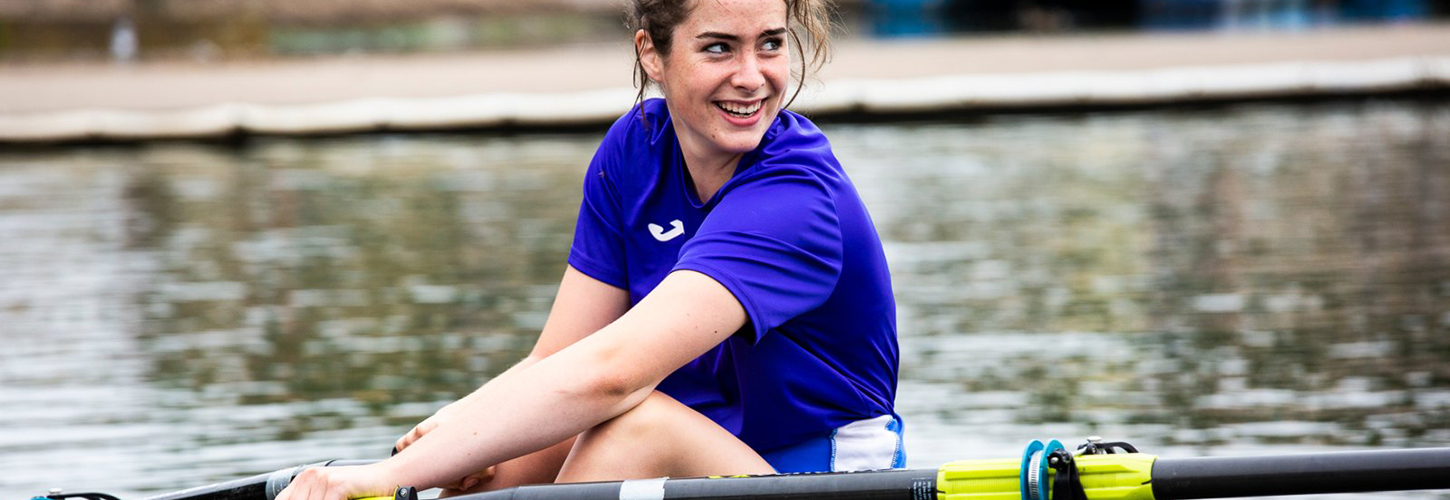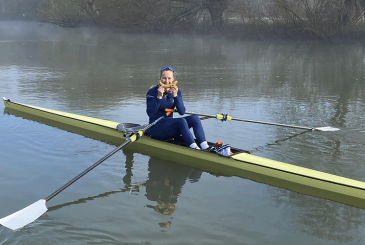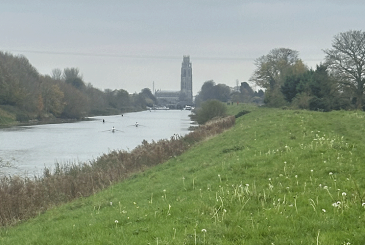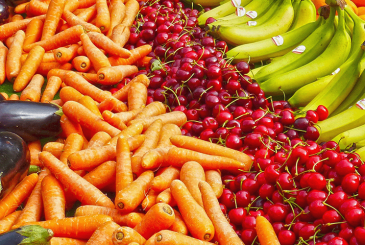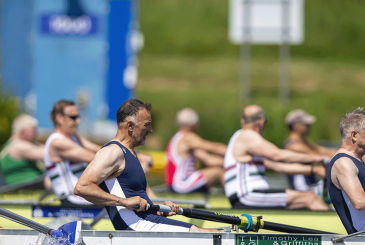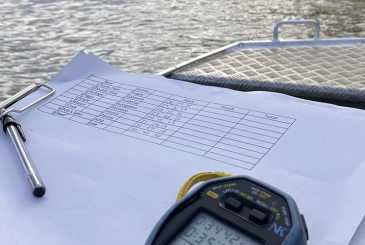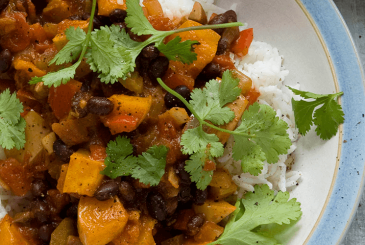Active teenagers need particularly beneficial diets if they are going to blossom into healthy adults. Jacqueline Birtwisle shares her tips
There is no gold standard for teenagers as far as nutrition is concerned because it’s difficult to know how many calories, how much protein, fat and carbohydrate a child or teenage athlete needs. One thing is certain though, teenage rowers need to eat lots of nutritious food from a variety of sources to meet their higher energy and protein needs.
Read on for eight tips for healthy rowers.
1. Adolescent demands
Unlike adults, the diets of teenagers have to provide nutrients for growth and development.
Children will gain about 20% of adult height and 50% of adult weight during adolescence – this requires a good diet and some ‘serious sleep’, especially if the expected final height of the teenager is tall.
2. Carbohydrates
Rowing involves a mix of power and endurance training as well as technique. This means that requirements for carbohydrates are high and fat is also used as a fuel so good food sources of fat should also be included. We do know that carbohydrate is an important fuel to optimise sporting performance and recovery in teenagers, but we do not know exactly how much is needed.
This is in contrast to guidelines we can refer to for exercising adults (defined as 18 years and over) – for example the Food Pyramid for Swiss Athletes, or the work done by Louise Burke from the Australian Institute of Sport on carbohydrates for training and competition.
3. Fats
Compared with an adult’s metabolism, children and younger teens use more fat as fuel and rely less on glycogen or carbohydrate during prolonged exercise. However, there is no evidence that young rowers will benefit from a higher fat content in their diet – the advice should be in line with public health guidelines which advise eating less saturated and trans fats and using smaller amounts of unsaturated fats: e.g. from oily fish (salmon, mackerel, sardines), nuts and nut butters, seeds, vegetable oils or avocados. But likewise, this does not translate to an overly restricted fat intake!
Too little fat will result in poor growth and development, and problems with essential fatty acids and fat-soluble vitamins (A, D, E and K) – nutrients that are vital for the health of the immune system and bones in particular.
Supplements, unless being clinically prescribed and monitored, are not advised
4. Iron and calcium
Growth and change is so rapid during adolescence, that as well as getting enough calories, three nutrients of particular concern are protein, iron and calcium. Rowers in general can be at risk of poor iron status, and both teenage boys and girls may struggle to meet their iron needs.
5. Protein
Adolescents have higher protein requirements than adults, but in normal Western diets the amount of protein eaten is sufficient to cover this.
Remember protein is found in bread, rice and pasta as well as milk, fish, meat and poultry. As long as a teenager is meeting energy requirements, their protein intake will be fine and even if calories are restricted, protein intake has been shown to be okay.
Protein is found in bread, rice and pasta as well as milk, fish, meat and poultry
6. Liquid intake
Children and younger teens have lower sweat rates and a greater tendency to overheat in hot / humid environments, so parents and coaches need to pay particular attention to hydration and what they like to drink (for children and young teens).
Water is a good all-round option before, during, and after exercise, and water should be encouraged to be drunk with meals.
If taste is a concern, then sugar-free cordials can be used instead – although there is the issue of dental enamel erosion with sugar-free drinks due to the high acidity.
Active adolescents using branded sports drinks that are high in sugar, are at low risk of putting on unwanted fat or weight providing they are used when exercising for longer than 60 minutes. However, the concern does still exist that overuse in children may influence obesity and dental problems.
7. No supplements needed
There is no evidence that the general use of supplements will improve performance in teenagers. Hence supplements, unless being clinically prescribed and monitored, are NOT advised.
In addition parents with children at a standard of (any) sport good enough to be subject to drug testing should make themselves and their children aware of the risk of taking supplements.
Three nutrients of particular concern are protein, iron and calcium
See British Rowing’s advice on supplements here.
8. Eating disorder support
Teenagers – both boys and girls – are at high risk of developing eating disorders and low energy availability (LEA), disordered eating and eating disorders are common in those doing sport at a high level. For further information, support or downloadable resources click here.
Planning meals
Planning meals is important for all rowers who want to achieve optimum performance, as increasing the meal frequency throughout the day will help fuel mind and body. Skipping meals, especially breakfast, or going without eating or drinking for a long time is not a good idea for teenagers – and even more so with ones involved in regular training.
Teenagers should never follow fad diets or cut out whole food groups unless advised medically, or become vegetarian or vegan without seeking out good information and acquiring life skills to cope with this change.
Their diet should be based on starchy carbohydrates, mostly wholegrain such as bread, pasta, rice, potatoes, lentils, porridge oats and breakfast cereal. It should include fruits and vegetables – not too much and not too little.
Smoothies can be a useful vehicle to get fruits and vegetables into a teen. A pint of milk each day is recommended, where a third of a pint is a ‘portion’ so equivalent foods such as yoghurt, fromage frais and cheese can be swapped in.
Smoothies can be a useful vehicle to get fruits and vegetables into a teen
Foods such as custard, milk puddings and flavoured milk e.g. chocolate and hot chocolate, can also be included in an active teen’s balanced diet. Dairy products can be skimmed, semi-skimmed or low or full-fat, for those with high growth and energy requirements. Milk – perhaps with a banana for a carbohydrate boost – and flavoured milk are useful recovery drinks helping to promote hydration and provide carbohydrates, as well as protein, B vitamins and electrolytes after exercise.
Don’t ditch the chocolate milk due to the sugar content – think about the other beneficial nutrients this drink contains and some added sugar in a healthy diet is okay in the overall bigger picture for active teens.
Ideally, there should be two meals each day that contain iron-rich, protein foods such as red meat, oily fish, poultry, beans and eggs. Nuts, seeds, oily fish – salmon, for example – vegetable oils (rapeseed or olive oil) should be included regularly.
This article originally appeared in Rowing & Regatta magazine in March 2014.
Photo credit: Nick Middleton.


